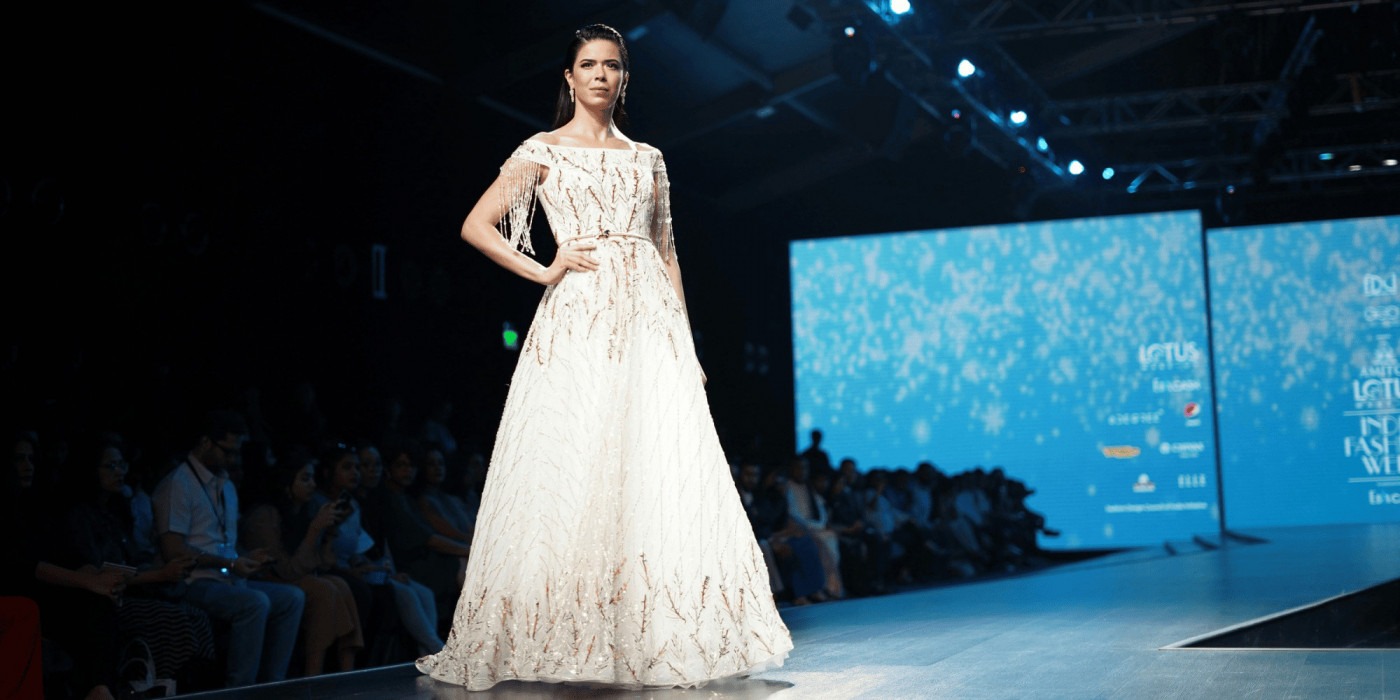Fashion Focus: Paris Haute Couture Week
From January 27 to the 30th, the spring-summer Paris Haute Couture Week occurred. The event, taking place in the fashion capital of the world, is a showcase of craftsmanship and creativity in the fashion world. There are high expectations for the quality of work presented at this event, due to the connotations of ‘couture’, thus resulting in varied and conflicting opinions about the collections.
The majority of people are unable to critically engage with the garments and the designers’ ideas, due to the lack of accessible resources
The term ‘haute couture’, translating to ‘high sewing’, is regarded as the most prestigious form of fashion, and is defined by its exclusivity. As outlined by Chloe in VivienLauren, the birth of ‘haute couture’ was marked by the establishment of the House of Worth, which prioritised unique designs meticulously tailored to the individual measurements of the aristocratic clientele. This exclusivity has become entrenched with the term becoming a legally protected title in 1945, accompanied by the development of a criteria for designers to be branded as ‘haute couture designers’.
The exclusive nature is mirrored within the event, with the shows taking place over the week being ‘invitation only’, limiting enthusiasts to online streams and digital engagement. Therefore, the majority of people are unable to critically engage with the garments and the designers’ ideas, due to its inaccessibility. This hinders the impact and value of the show, which relies upon its exclusivity to maintain relevance.
Despite my criticisms, it’s undeniable that some of the collections demonstrate a level of craftsmanship and creativity which should be celebrated and cherished. Schiaparelli, Armani Prive, Elie Saab, Jean Paul Gaultier, and Gaurav Gupta were highly praised for the quality of the craftsmanship, references, and meaning. In contrast, Chanel and Dior have been criticised for their collections, with the creativity of their collections failing to reflect their 110-year and 80-year history as ‘haute couture fashion houses’.
Schiaparelli, with Daniel Roseberry as artistic director, presented ’Icarus’ – denoting the ambition to fly higher. The garments, from the outset, presented intriguing and anomalous shapes in a consistent champagne colour scheme, and – as presented perfectly by the models – had strong and stimulating movement. I would select the third garment as the most visually interesting in terms of shape, and the penultimate gown in a deep bronze shade with a dramatic shape, as the most impactful haute couture garment in this collection.
It is of the utmost importance for art to mean something, for art to be revealing and intimate
Elie Saab contrastingly aimed to portray a ‘message of positivity, hope, and humanity’ in the collection ‘Portrait of a Dream’ through fluidity, pastels, and luminosity. The garments initially shared a similar theme to Schiaparelli but soon diverted into more whimsical and ethereal couture. The collection introduced pastel purples, pinks, and greens, as well as gorgeous draping garments, floral appliqués, and sequinned gowns. Parallel to the pastels, the collection included denim dresses in deep blues, constructed in such a way that it is almost inconceivable that they are truly denim. The collection felt as if it was portraying a folklore tale – telling a story. It was truly otherworldly, as haute couture should be.
Gaurav Gupta’s collection was opened by a piece of poetry performed by Navkirat Gupta, the designer’s wife, who was injured in an accident which led to 55% of her body being burnt – inspiring the collection: ‘Across the Fire’. This personal connection inherently heightened the quality of the collection, as it is of the utmost importance for art to mean something, for art to be revealing and intimate. The collection illustrates the experiences of Gupta, with themes of trauma and healing, as well as informing the colour palette, with deep oranges and whites representing flames and bandages. The strongest constructions in this collection were the opening mask/breastplate, using cast metal, and the ‘twin-flame’ garment which involved an interlinked gown adorned by two models who walked as a pair.
Ultimately, despite my hesitations and broader issues with the Paris Haute Couture Week, the event, as well as the Men’s Fashion Weeks in Paris and Milan have provided a strong introduction to fashion in 2025. I remain hopeful that this quality shall continue throughout the year, although these collections will be undeniably hard to outperform.

Comments